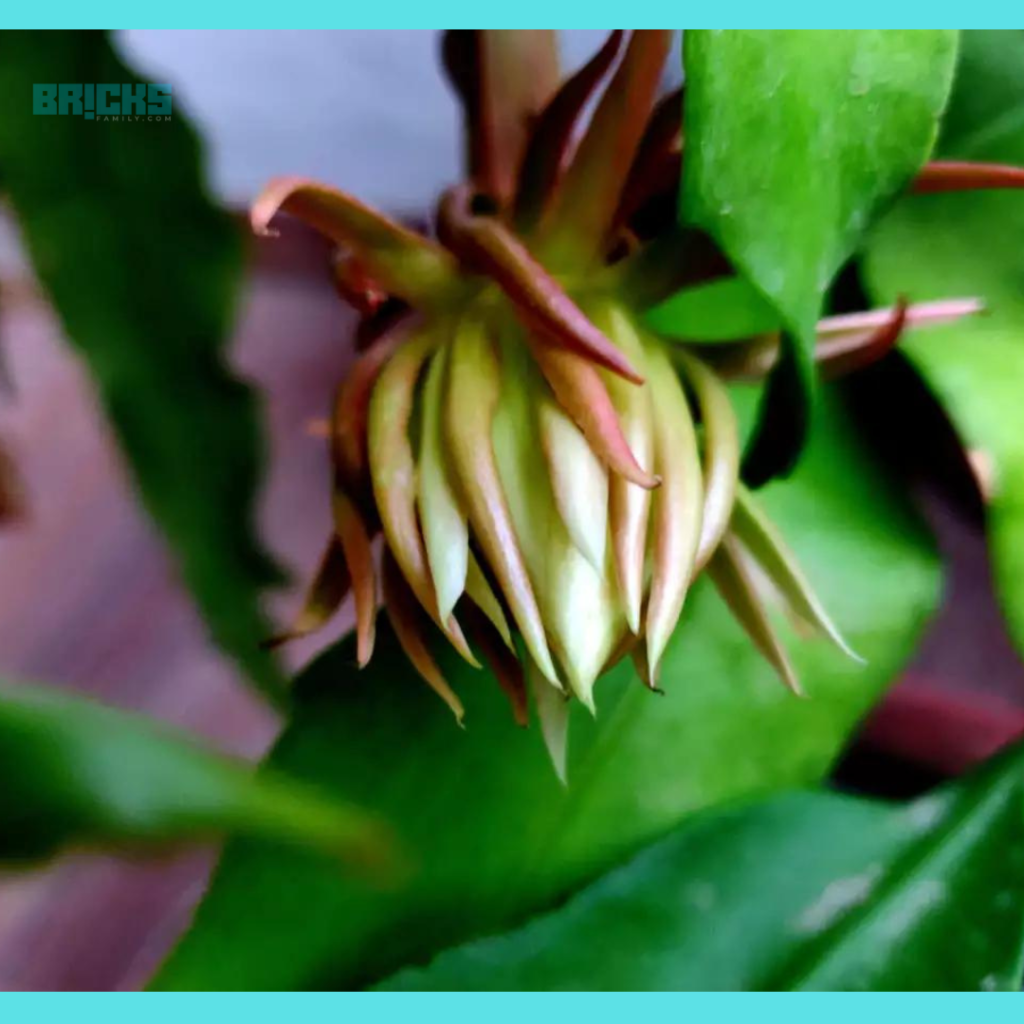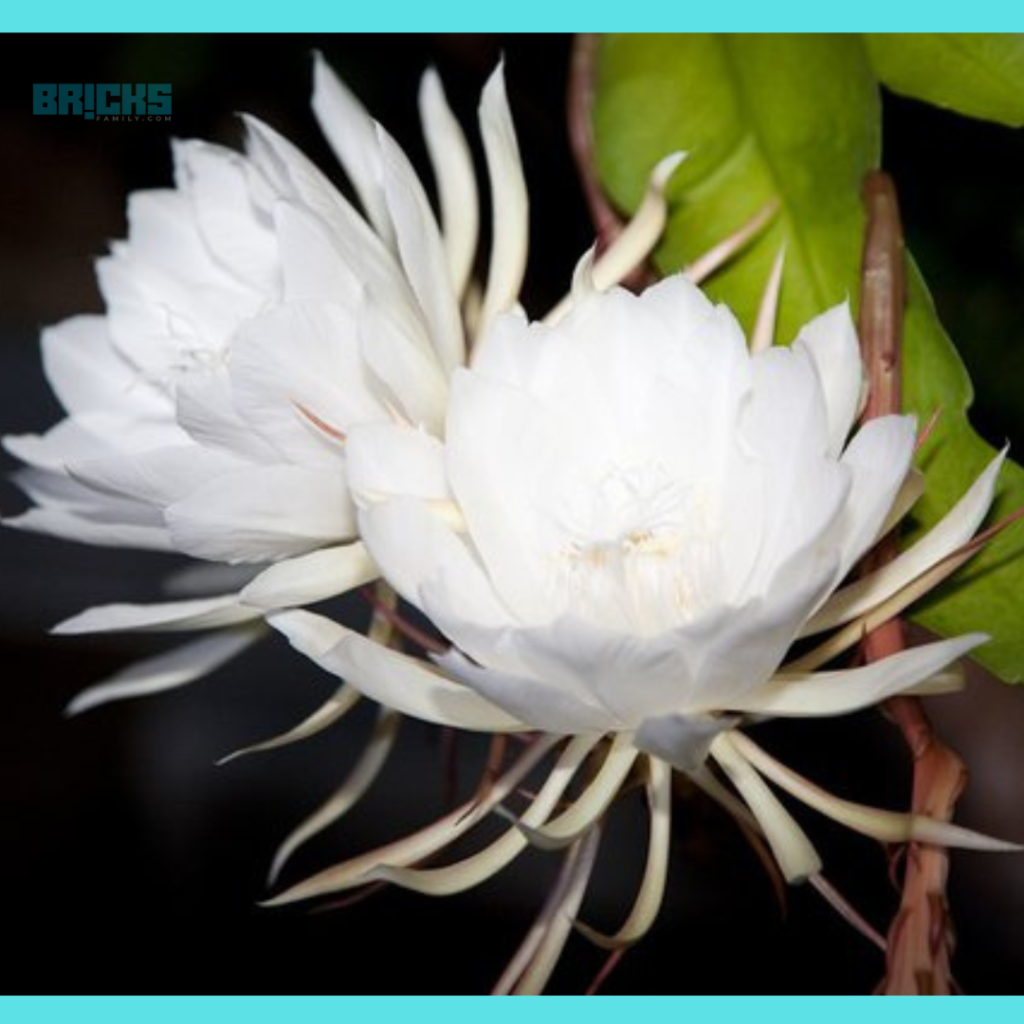The state flower of Uttarakhand, Brahma Kamal, is a Himalayan native plant. It is a hermaphrodite herb that grows to about 5 to 10 cm in height. The plant can be found at altitudes ranging from 3000 to 4800 metres. During the mid-monsoon season, the flower blooms among the rocks and grasses of the hillside (July to August).In this blog let’s have a look at Brahma Kamal Plant at Home: Significance, Where to Keep, How to Grow, Benefits & More.
Layers of thin yellowish-green petals conceal the purple flower heads, protecting the chilly mountain environment. The blossoms can be seen until mid-October when the plant dies and is only visible again in April.
The Uttarakhand districts of Kedarnath, Hemkund Sahib, and Tungnath are home to Brahma Kamal. The plant is extremely valuable in the area. It is regarded as a spiritual flower offered to Lord Vishnu at the Badrinath shrine and Lord Shiva at the Kedarnath shrine. During the Nanda Ashtami festival in September/October, Brahma Kamal is offered at temples and distributed as prasad.
Brahma Kamal In English
Brahma Kamal is a flowering plant in the Asteraceae family known scientifically as Saussurea obvallata or Sacred Saussurea. It is said to bloom once a year, at dawn on the full moon day of the Hindu month of Shravan (July/August). The Himalayas and other mountainous regions of India, Nepal, Bhutan, and Tibet are home to this unique and rare plant.This blog referees to Brahma Kamal Plant at Home: Significance, Where to Keep, How to Grow, Benefits & More.
It is said to be the favorite flower of Lord Brahma, the creator of the universe, and it is also considered a sacred flower in Hindu mythology. The Brahma Kamal is a perennial plant that grows in high-altitude alpine meadows and rocky cliffs.
Where to Keep Brahma Kamal Plant as per Vastu
The Brahma Kamal plant is believed to bring good luck and prosperity to the household in Vastu Shastra, the traditional Indian system of architecture and design. According to Vastu Shastra, the Brahma kamal plant should be planted in the center of a house, known as the Brahmasthan. Placing the sacred plant in the centre of the house repels negative energies and attracts an abundance of positive energies.
The northeastern corner of the property, also known as the “Ishan” corner, is regarded as the most auspicious location for the plant. The northeast is associated with water and is thought to be a source of wealth and abundance. It is thought that positioning the plant in this corner will attract positive energy and bring prosperity to the household.
Brahma Kamal Flower Spiritual Significance
In Hinduism, the Brahma Kamal flower has a significant spiritual significance. The flower is thought to have the ability to fulfil desires and bestow blessings on those who offer it to the deity. It is also associated with purity, enlightenment, and spiritual attainment.
The Brahma Kamal flower is used in religious ceremonies and rituals in spiritual practises. It is thought to have the ability to cleanse the mind and soul, as well as bring inner peace and serenity. It is also said to protect against negative energy and evil spirits.
Brahma Kamal – Divine Flower of Hindu Gods
According to Hindu mythology, Lord Brahma created the Brahma Kamal flower to assist Lord Shiva in placing the head of an elephant on Lord Ganesha’s body. The elixir of life, known as “Amruta,” is said to have been dropped from the flower’s petals onto the body, bringing it to life.
Furthermore, it is said that when Lakshmana was revived with the help of the herb known as Sanjeevani, the gods showered the Brahma Kamal flower from the heavens in joy. As a result, the flower fell to the ground and established itself in the Valley of Flowers.
Brahma Kamal Plant – How to Grow
To grow Brahma Kamal, you must replicate its natural environment as closely as possible. Here are some growing tips for Brahma Kamal.

Soil: A quick-draining soil or potting soil mixture is required for Brahma kamal. If growing it in a container, make sure it has enough drainage holes.
Watering: The Brahma Kamal plant is a succulent cactus. Water is stored in succulent leaves. So, before you water it, take a look at the soil. Overwatering will cause root rot.
Fertilizer: Apply compost manure to your Brahma kamal once a month. Fertilizers can help your plant grow new leaves. It ensures that your plant is in good health.
Repotting: If you notice that the pot of your plant is becoming too small, it’s time to repot it. Remove all of the old soil from your plant before repotting it. Make sure to replenish the soil as well. Water your Brahma kamal thoroughly after repotting it.
It can also be grown with indirect light from a sunny window. In the heat of the summer, direct sunlight will keep the leaves from burning.
Diseases and pests: The most common insect annoyance is mealy bugs. Other potential pests include aphids, scales, and mites. Pests and diseases are uncommon in the Brahma kamal plant.
Brahma Kamal Health Benefits
The medicinal properties of the Brahma Kamal plant are well known. It has been used for centuries in Ayurvedic and Tibetan medicine. Here are some of the potential advantages of Brahma Kamal:
Anti-inflammatory: The plant has traditionally been used to reduce inflammation and pain.
Antioxidant: Brahma Kamal is high in antioxidants, which may help protect the body from the harmful effects of free radicals.
Immune system booster: It may help to boost the immune system, allowing the body to fight infections and diseases more effectively.
Support for respiratory health: The plant has traditionally been used to support respiratory health and may be beneficial for conditions such as asthma and bronchitis.
Nervous system support: It has been used to support the nervous system and may be beneficial for certain conditions such as anxiety and stress.
Cancer: Some studies indicate that it may have anti-tumour properties, but more research is needed.
Brahma Kamal Flowering Season/Time
The Brahma Kamal plant typically blooms between July and September during the monsoon season in the regions where it is native. The exact flowering time will be determined by the location and altitude.
It is a rare and sacred flower that blooms only once a year, usually at night, and lasts only one night. To attract pollinators such as bats and moths, the flower emits a strong aroma.
Brahma Kamal buds bloom in about 2-3 weeks; during this time, the plant receives phosphate-rich fertilizer, which aids in flower production.

Final Words on Brahma Kamal Plant
Finally, the Brahma Kamal plant is a rare and revered species in the Himalayas. The flower is considered sacred in Hinduism and has significant medicinal properties. According to Hindu tradition, growing the Brahma Kamal plant in your home will bring you prosperity and good luck. Growing the plant in your garden will not only bring you joy, but it will also contribute to the preservation of this beautiful and unique species.
Also Read: Benefits and Vastu Placement of Bamboo Plant at Home
Similar Topics: Everything You Need To Know About The Shami Plant















